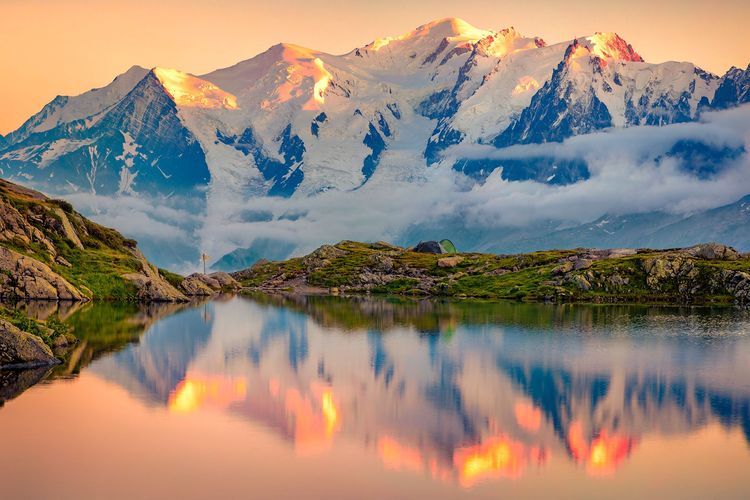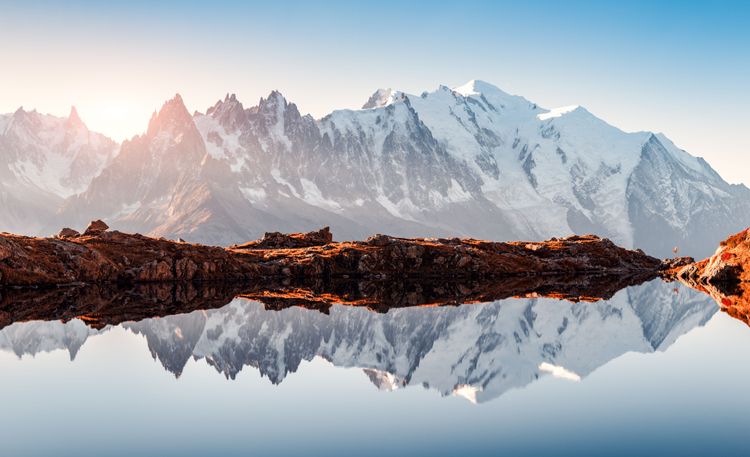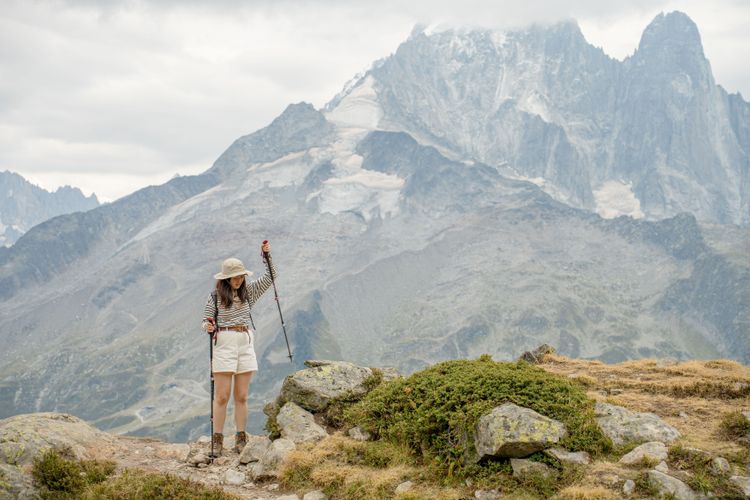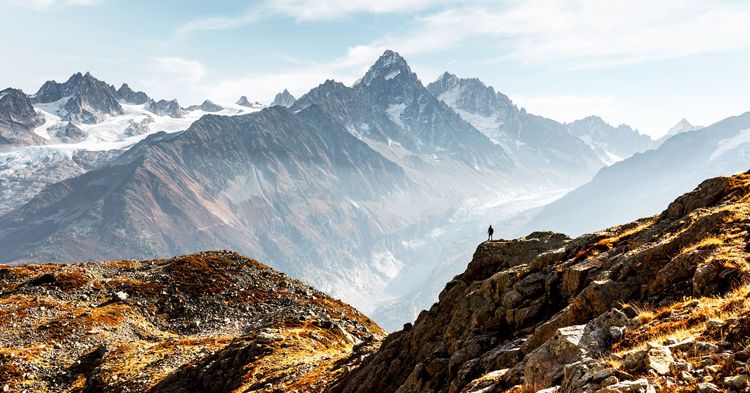Lac Blanc is world-famous for its turquoise hues and its perfect reflection of Mont Blanc. This incredible body of water is accessible via a number of different routes, all of which start in the Chamonix valley. So if you want to get to Lac Blanc, you'll need to stay in Chamonix.
When you say path, you mean hike. Lac Blanc is only accessible on foot, so you'll need to be brave and pack your rucksack for this hike. Don't forget to bring suitable footwear, as many of the paths are in the wild and therefore not maintained. What's more, part of Lac Blanc is sometimes snow-covered all year round. Needless to say, temperatures plummet around this stretch of water. It's a good idea to bring a warm jumper.











